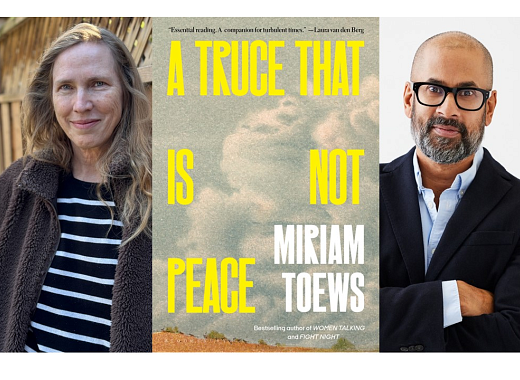
Certain houses, streets, or neighborhoods have the ability to transport passersby back in time. The three houses in this photograph, today home to the Weeksville Heritage Center, preserve the memory of Brooklyn's once thriving nineteenth-century free African American community, Weeksville. The earliest of these houses (the single story duplex in the middle of the photograph) dates to the 1840s. The house was built not even two decades after New York State outlawed slavery, when many African Americans in Brooklyn were still unfree, bound to the forced indentures built into the laws.
After gradual emancipation took effect in New York in 1827, Brooklyn’s free black population grew quickly. Free black entrepreneurs like Henry C. Thompson and Sylvanus Smith, eager to enjoy the privileges and protections of home ownership, began purchasing land in Brooklyn’s distant Ninth Ward. They in turn sold lots to other African Americans, including James Weeks, the longshoreman who gave his name to the neighborhood. At its height, Weeksville was home to thousands of free African American Brooklynites, who built churches, schools, operated businesses and welfare organizations, and even published two newspapers, the Freedman’s Torchlight and People’s Journal.
Today, the modern neighborhoods of Crown Heights and Bedford-Stuyvesant wrap around the Hunterfly Road houses. The structures miraculously survived Brooklyn’s booming nineteenth-century residential development and were rediscovered in 1968 by Pratt Institute professor James Hurley. The subsequent efforts of the Society for the Preservation of Weeksville and Bedford Stuyvesant History ensured the preservation of these buildings as New York City landmarks. This Black History Month, we highly recommend a visit to our colleagues at the Weeksville Heritage Center to learn more about Brooklyn’s nineteenth-century free black community.
This image comes from the Eugene L. Armbruster photographs and scrapbooks collection (V1987.11) For more information please see our finding aid here and for more photographs from this collection please visit our image gallery here.
Interested in seeing more photos from BHS’s collection? Visit our online image gallery, which includes a selection of our images. Interested in seeing even more historic Brooklyn images? Visit our Brooklyn Visual Heritage website here. To search BHS’s entire collection of images, archives, maps, and special collections; visit BHS’s Othmer Library Wed-Sat, 1:00-5:00 p.m. library@brooklynhistory.org.
This blog post reflects the opinions of the author and does not necessarily represent the views of Brooklyn Public Library.
Post a Comment
While BPL encourages an open forum, posts and comments are moderated by library staff. BPL reserves the right, within its sole discretion, not to post and to remove submissions or comments that are unlawful or violate this policy. While comments will not be edited by BPL personnel, a comment may be deleted if it violates our comment policy.
eNews Signup
Get the latest updates from BPL and be the first to know about new programs, author talks, exciting events and opportunities to support your local library.







